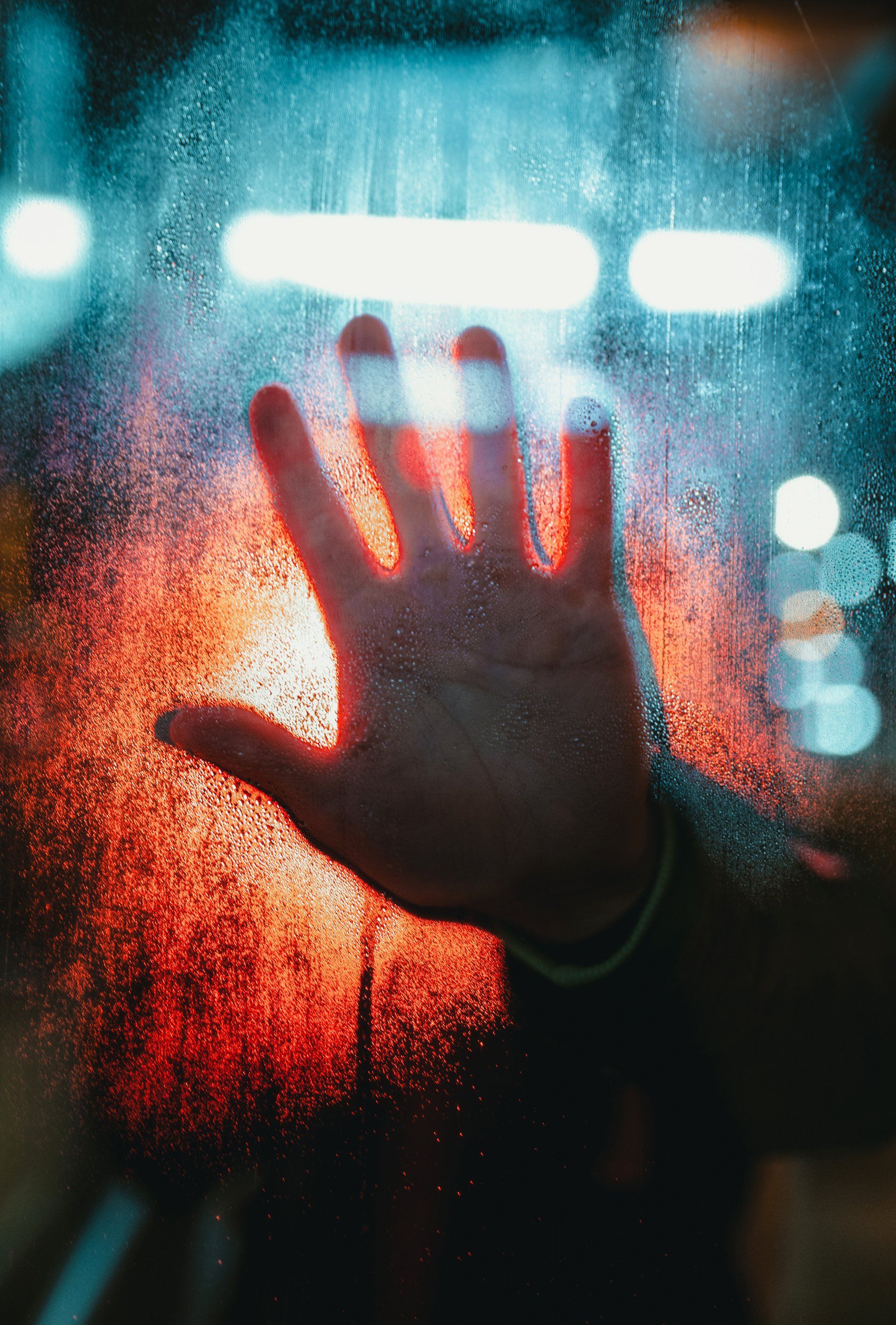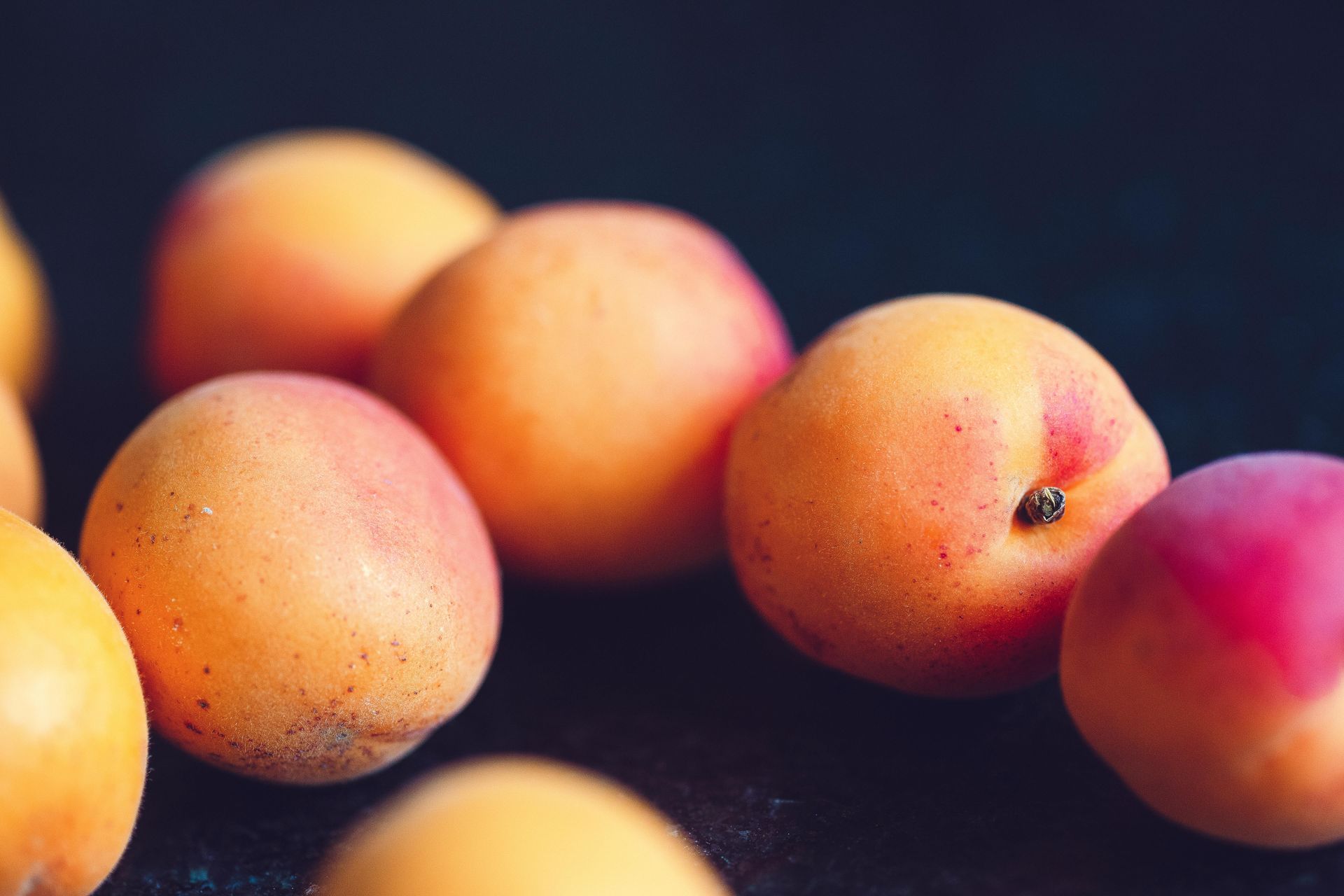The latest on the magic of far-UVC light
All over the world businesses are using UVC disinfection units to keep customers and visitors safer. In Singapore UV bots very like ours ‘capable of tearing apart strands of virus DNA’ are quietly cleaning malls and hospitals, killing off a vast variety of viruses, moulds, spores, bacteria and more, quickly and efficiently.
Various UVC-inspired services are available too, for example the mattress cleaning company whose three stage process includes step 2: ‘disinfecting mattresses using a UVC sterilisation unit’. And in the New York Times there’s an ad for an ultraviolet disinfection lamp that
‘sanitises any room in seconds’.
The latest peer-reviewed research reveals once more the potential use of far-UVC light for preventing airborne virus transmission practically and simply. UV irradiation is clearly a safe and convenient method for inactivating and eliminating disease-causing micro-organisms and the wavelength range of 200-235 nm, called far-UVC, is particularly effective.
It’s all good news. And there’s more from
Physics World, suggesting that dual-wavelength tech should be able to deactivate antibiotic resistant bacterium. It’s an exciting development when antibiotic resistance is one of the most pressing issues facing modern medicine.
New Zealand team cracks antibiotic resistance with far-UVC and LED light
Scientists in New Zealand have blended two different wavelengths of light to deactivate a bacterium that has developed resistance to some of the world’s most popular antibiotics.
The team combined far-UVC light at 222 nm and blue LED light at 405 nm to deactivate an antibiotic-resistant bacterium called ‘specifically extended-spectrum β-lactamase-producing (ESBL) Escherichia coli’, revealing the results in the
Journal of Applied Microbiology. Apparently the impact is a lot more effective than using the wavelengths individually. The team says it works because the blue light initially damages the bacterial cells, making them more vulnerable to the far-UVC light.
The findings could be useful in fighting bacterial contamination in healthcare, food processing plants, water treatment plants and public places like airports, schools, buses and trains. The next step is to
‘fully understand the health impacts, establish optimal dosages, and ensure the technology’s safe and effective use in clinical settings’.
Compared to current disinfection methods there’s a reduced risk of antibiotic resistance in the treated bacteria, and the dual-light tech can be used to target specific areas and surfaces safely. Like our units the method is chemical-free and costs a lot less than using expensive antibiotics for bacterial control.
The team wants to eventually collaborate with light manufacturers and industry partners to take things to the next stage, verifying the technology’s performance under real-life conditions. As the report’s co-author Amanda Gardner said to Physics World, “Overall, the dual-light technology holds great promise as a safer and more sustainable alternative to traditional chemical disinfection methods, contributing to the global efforts in combating antimicrobial resistance.”










